Home>Furniture>Outdoor Furniture>What Is The Difference Between French Doors And Patio Doors
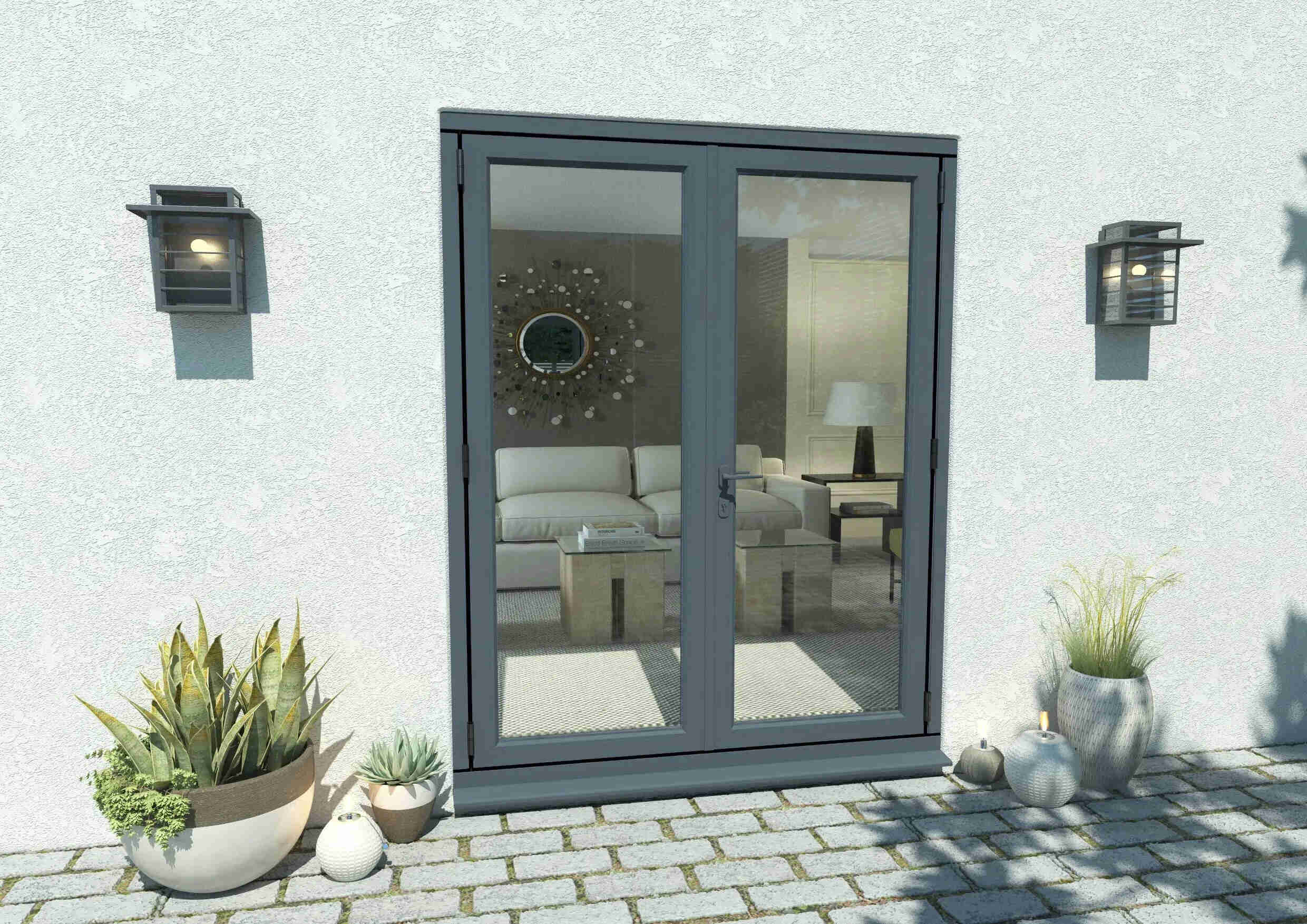

Outdoor Furniture
What Is The Difference Between French Doors And Patio Doors
Modified: March 7, 2024
Discover the key distinctions between French doors and patio doors, and make the right choice for your outdoor furniture.
(Many of the links in this article redirect to a specific reviewed product. Your purchase of these products through affiliate links helps to generate commission for Storables.com, at no extra cost. Learn more)
Introduction
When it comes to choosing the right doors for your home, there are various options available, each with its own unique features and benefits. Two popular choices that often come up in discussions are French doors and patio doors. While both types of doors serve a similar purpose of connecting your indoor and outdoor spaces, there are some key differences between them that you should be aware of before making a decision.
In this article, we will explore the differences between French doors and patio doors, including their design and style, operation and function, energy efficiency, durability and security, as well as cost. Understanding these differences will help you make an informed decision and choose the right door option for your home.
Key Takeaways:
- French doors offer timeless elegance with multiple glass lites and traditional swinging operation, perfect for a refined and formal look, and excellent ventilation.
- Patio doors provide a modern and contemporary aesthetic with large glass panels, sliding mechanism, and better insulation, making them ideal for smaller spaces and maximizing natural light.
Read more: What Is A French Patio Door
Definition of French Doors
French doors are elegant and classic in design, typically consisting of two full-length glass panels that are hinged on the sides and meet in the middle when closed. They are known for their timeless appeal and ability to add charm and sophistication to any home.
One of the defining characteristics of French doors is the use of multiple small glass panes called “lites.” These lites are set into a wooden or metal frame, creating a beautiful visual effect and allowing natural light to flood into the room.
French doors are traditionally designed to swing inwards or outwards, enabling easy access to your patio or garden. They often feature decorative handles, hinges, and molding details that enhance their overall aesthetic appeal.
French doors are versatile and can be installed in various configurations. They can be used as a single door, double doors, or even in multiple panels to create a grand entranceway. Their flexibility allows homeowners to customize their appearance and match the style of their home.
Additionally, French doors provide excellent ventilation when opened, allowing fresh air to circulate freely. They also create a seamless transition between the indoors and outdoors, making them a popular choice for those who enjoy entertaining or spending time in their outdoor space.
In summary, French doors are characterized by their elegant design, multiple glass lites, and ability to swing inwards or outwards. They bring a touch of sophistication to any home and offer a seamless connection between indoor and outdoor living spaces.
Definition of Patio Doors
Patio doors, also known as sliding glass doors or sliding patio doors, are a modern and practical solution for connecting your indoor and outdoor spaces. They are designed to maximize natural light and provide easy access to your patio, deck, or backyard area.
Unlike French doors, patio doors consist of large glass panels that slide horizontally on a track. This sliding mechanism allows for smooth and effortless operation, making them an ideal choice for areas with limited space.
The glass panels of patio doors are typically made from tempered or laminated safety glass, which is durable and helps to increase energy efficiency. The frames can be made from various materials, including vinyl, aluminum, or wood, offering different levels of durability, maintenance requirements, and visual aesthetics.
Patio doors are known for their expansive views and ability to bring the outdoors inside. The large glass panels allow plenty of natural light to enter your home, creating a bright and inviting atmosphere. They are also a popular choice for homes with scenic views, as they provide unobstructed sightlines to the outside.
In terms of functionality, patio doors are designed to maximize space utilization. Since they slide horizontally, they do not require any additional clearance for swinging like French doors. This makes them a great option for small spaces, areas with limited furniture placement options, or narrower entryways.
Patio doors are also preferred for their energy efficiency features. The large glass panels are often double or triple glazed and come with Low-E coatings to improve insulation and reduce heat transfer. This helps to regulate indoor temperatures, reduce energy consumption, and lower heating and cooling costs.
In summary, patio doors are characterized by their sliding mechanism, large glass panels, and space-saving design. They provide expansive views, maximize natural light, and offer energy-efficient features, making them a popular choice for modern homes.
Design and Style Differences
French doors and patio doors exhibit distinct design and style differences that can greatly impact the overall aesthetic of your home. Understanding these differences will help you choose the option that best complements your personal style and the architectural design of your home.
French doors are renowned for their elegance and classic appeal. They feature multiple small glass lites set into a wooden or metal frame, creating a traditional and sophisticated look. The lites can be clear or have decorative patterns, adding a touch of charm and uniqueness to the doors. French doors often have decorative handles, hinges, and moldings that add to their overall visual appeal. They are a popular choice for homeowners seeking a timeless and refined look.
Patio doors, on the other hand, offer a more contemporary and modern style. They feature larger glass panels that provide an unobstructed view and maximize natural light. The frames of patio doors can be made from various materials like vinyl, aluminum, or wood, offering different visual aesthetics. Vinyl frames offer a sleek and low-maintenance option, while aluminum frames provide a modern and minimalist look. Wood frames can bring a warm and natural feel to the design. The sliding mechanism of patio doors also contributes to their modern appeal, creating a seamless and streamlined look.
Both French doors and patio doors come in a variety of colors and finishes to suit your personal taste and blend with the overall design scheme of your home. French doors lend themselves well to traditional and formal styles, while patio doors are versatile and can complement both modern and contemporary designs.
Ultimately, the choice between French doors and patio doors will depend on your preference for a classic and elegant look or a more contemporary and minimalist style. Consider the design elements of your home and the aesthetic you want to achieve when making your decision.
Operation and Function Differences
When it comes to operation and functionality, French doors and patio doors have distinct differences that should be considered before making a choice for your home.
French doors are designed to swing inwards or outwards, similar to traditional doors. This swinging motion provides a wide opening, allowing for easy access to your outdoor space. French doors typically have a central latch mechanism that secures the doors in the closed position. Some French doors may also feature additional locking mechanisms for added security.
On the other hand, patio doors slide horizontally on a track. This sliding mechanism allows for smooth and effortless operation, with panels gliding past each other to create an opening. With patio doors, you won’t need to worry about clearing space for the doors to swing open, making them an optimal choice for areas with limited space. Many patio doors also come with a simple locking mechanism, securing the panels in the closed position.
Both French doors and patio doors provide excellent access to outdoor spaces, allowing for seamless transitions between your indoor and outdoor areas. French doors are well-suited for larger openings where you want to create a grand entrance or make a statement. Patio doors, on the other hand, are ideal for smaller spaces where swing clearance is limited.
In terms of ventilation, French doors have the advantage of opening wider, allowing for better airflow. When both doors are open, it creates a larger opening, facilitating better air circulation. Patio doors, while they offer a more limited opening, can still provide sufficient airflow when one of the panels is opened.
Consider the space available, your preference for access, and the level of ventilation you desire when deciding between French doors and patio doors in terms of operation and function.
French doors are typically hinged and open in the middle, while patio doors are usually sliding. Consider the space and functionality you need when choosing between the two.
Energy Efficiency Differences
Energy efficiency is an important consideration when choosing doors for your home. Both French doors and patio doors offer varying levels of energy efficiency, and understanding these differences can help you make an informed decision.
French doors, with their multiple glass panes or lites, may be less energy-efficient compared to patio doors. The individual lites create more areas for potential heat transfer, resulting in reduced insulation. However, advancements in technology have led to the availability of energy-efficient French doors with features like Low-E glass coatings and double or triple glazing. These enhancements help to minimize heat loss during the winter and heat gain during the summer, improving overall energy efficiency.
On the other hand, patio doors are known for their energy-efficient properties. The large glass panels used in patio doors are often double or triple glazed, providing better insulation and reducing heat transfer. Additionally, many patio doors come equipped with Low-E coatings, which help to reflect infrared light and minimize UV rays. This not only improves energy efficiency but also protects your furniture and flooring from fading due to sunlight exposure.
The frames of French doors and patio doors also play a role in energy efficiency. French doors often have wooden frames, which can be less energy-efficient compared to vinyl or aluminum frames used in patio doors. Wood frames may require more maintenance to ensure they are sealed properly and prevent any air leakage. In contrast, vinyl and aluminum frames used in patio doors are known for their higher insulation properties and are generally low-maintenance and durable.
When considering energy efficiency, it is essential to look for doors that have high insulation values and meet or exceed energy efficiency standards. Look for energy labels like Energy Star certification, which indicates that the doors meet specific criteria for energy efficiency set by the Environmental Protection Agency (EPA).
Overall, while both French doors and patio doors can be energy-efficient, patio doors generally offer better insulation with their double or triple glazing and Low-E coatings. However, it is important to consider factors such as the overall construction, glass options, and frame material to ensure optimal energy efficiency for your specific needs.
Durability and Security Differences
Durability and security are crucial factors to consider when selecting doors for your home. French doors and patio doors have distinct differences in terms of durability and the level of security they provide.
French doors, with their wooden or metal frames and multiple glass lites, offer a sturdy and robust construction. However, they may require more maintenance compared to patio doors. Wooden frames, while visually appealing, are susceptible to rot, warping, and insect damage if not properly maintained. Metal frames, such as steel or wrought iron, offer greater durability but may require periodic maintenance to prevent rust or corrosion.
On the other hand, patio doors are designed for durability and low maintenance. Vinyl frames are popular for patio doors due to their resistance to warping, rot, and corrosion. They do not require painting and can last for many years with minimal upkeep. Aluminum frames are lightweight, strong, and resistant to rust, making them a durable option. Some patio doors also come with reinforced frames or additional structural features to enhance strength and longevity.
When it comes to security, both French doors and patio doors can be made secure with the right features. French doors often come with multipoint locking systems that provide enhanced security. These locking systems engage at multiple points along the door frame, making them more difficult to force open. Additionally, French doors can use robust hinges and deadbolts to further improve security.
Patio doors also offer security features such as multi-point locking systems that engage at multiple points along the track. They may also include additional features like anti-lift devices and shatter-resistant glass to deter potential break-ins. Sliding patio doors can sometimes be vulnerable to forced entry, so it’s important to choose doors with strong locks and invest in additional security measures if needed.
Overall, both French doors and patio doors can provide durability and security, but the choice may depend on the specific materials used and the additional security features included. Consider your location, level of desired security, and the overall durability of the door materials when making your decision.
Cost Differences
Cost is an important factor to consider when comparing French doors and patio doors for your home. The price of each option can vary based on various factors, including materials, design, size, and additional features.
French doors tend to be more expensive compared to patio doors. The cost of French doors can vary depending on the type of material used for the frame, such as wood or metal. Wooden frames, while aesthetically pleasing, often come with a higher price tag due to the craftsmanship and maintenance required. Metal frames such as steel or wrought iron can also be costly, especially if they have intricate designs or customization.
In contrast, patio doors are generally more affordable. The cost of patio doors can vary depending on the material used for the frame, such as vinyl, aluminum, or wood. Vinyl frames are typically more cost-effective, offering a balance between affordability and durability. Aluminum frames also offer a good combination of cost and strength, while wood frames may be slightly more expensive due to their natural beauty and customization options.
Other factors that can impact the cost of both French doors and patio doors include the size of the opening, the number of panels or lites, the type of glass used (such as double or triple glazing), and any additional features like energy-efficient coatings or security enhancements.
It’s important to note that while French doors may have a higher upfront cost, they can add significant value and aesthetic appeal to your home. On the other hand, patio doors provide a more cost-effective option without compromising on functionality and modern design.
When comparing costs, it’s advisable to obtain quotes from multiple suppliers or contractors to get an accurate estimate based on your specific needs and preferences. Consider the long-term value, durability, and customization options in relation to the initial cost when making your final decision.
Conclusion
Choosing between French doors and patio doors for your home ultimately comes down to personal preference, design style, functionality, energy efficiency, durability, security, and budget. Both options offer unique features and benefits that can enhance the overall aesthetic and functionality of your living space.
French doors are known for their timeless elegance and classic design. They bring a touch of sophistication to any home, with their multiple glass lites and traditional swinging operation. French doors are a great choice for those seeking a refined and formal look, with the ability to create a grand entrance and provide excellent ventilation when opened wide.
Patio doors, on the other hand, offer a modern and contemporary aesthetic. They are designed for efficiency, with large glass panels that maximize natural light and provide unobstructed views to the outdoors. Patio doors are a popular choice for smaller spaces or areas where swing clearance may be limited, thanks to their sliding mechanism.
When it comes to energy efficiency, patio doors generally offer better insulation with their double or triple glazing and Low-E coatings. However, advancements in technology have made energy-efficient French doors readily available with features like Low-E glass and improved insulation.
In terms of durability, patio doors typically offer low-maintenance options like vinyl or aluminum frames that resist warping and corrosion. French doors require regular maintenance, especially if they have wooden frames, to ensure longevity and prevent issues like rot or insect damage.
Security features can be incorporated into both French doors and patio doors to ensure the safety of your home. French doors often have multipoint locking systems and strong deadbolts, while patio doors come with multi-point locks and additional security features like anti-lift devices.
In terms of cost, French doors tend to be more expensive due to their intricate designs and use of premium materials like wood. Patio doors provide a more cost-effective option without compromising on functionality and style.
Ultimately, the choice between French doors and patio doors depends on your personal style, the architectural design of your home, the functionality you desire, energy efficiency requirements, security needs, and budget. It’s important to weigh these factors and consider your specific preferences and priorities when making a decision.
Consulting with a professional and reputable supplier or contractor can also provide valuable guidance and help you choose the best option that suits your home and lifestyle. Whether you opt for the classic elegance of French doors or the contemporary appeal of patio doors, both choices can elevate the beauty and functionality of your indoor and outdoor living spaces for years to come.
Frequently Asked Questions about What Is The Difference Between French Doors And Patio Doors
Was this page helpful?
At Storables.com, we guarantee accurate and reliable information. Our content, validated by Expert Board Contributors, is crafted following stringent Editorial Policies. We're committed to providing you with well-researched, expert-backed insights for all your informational needs.
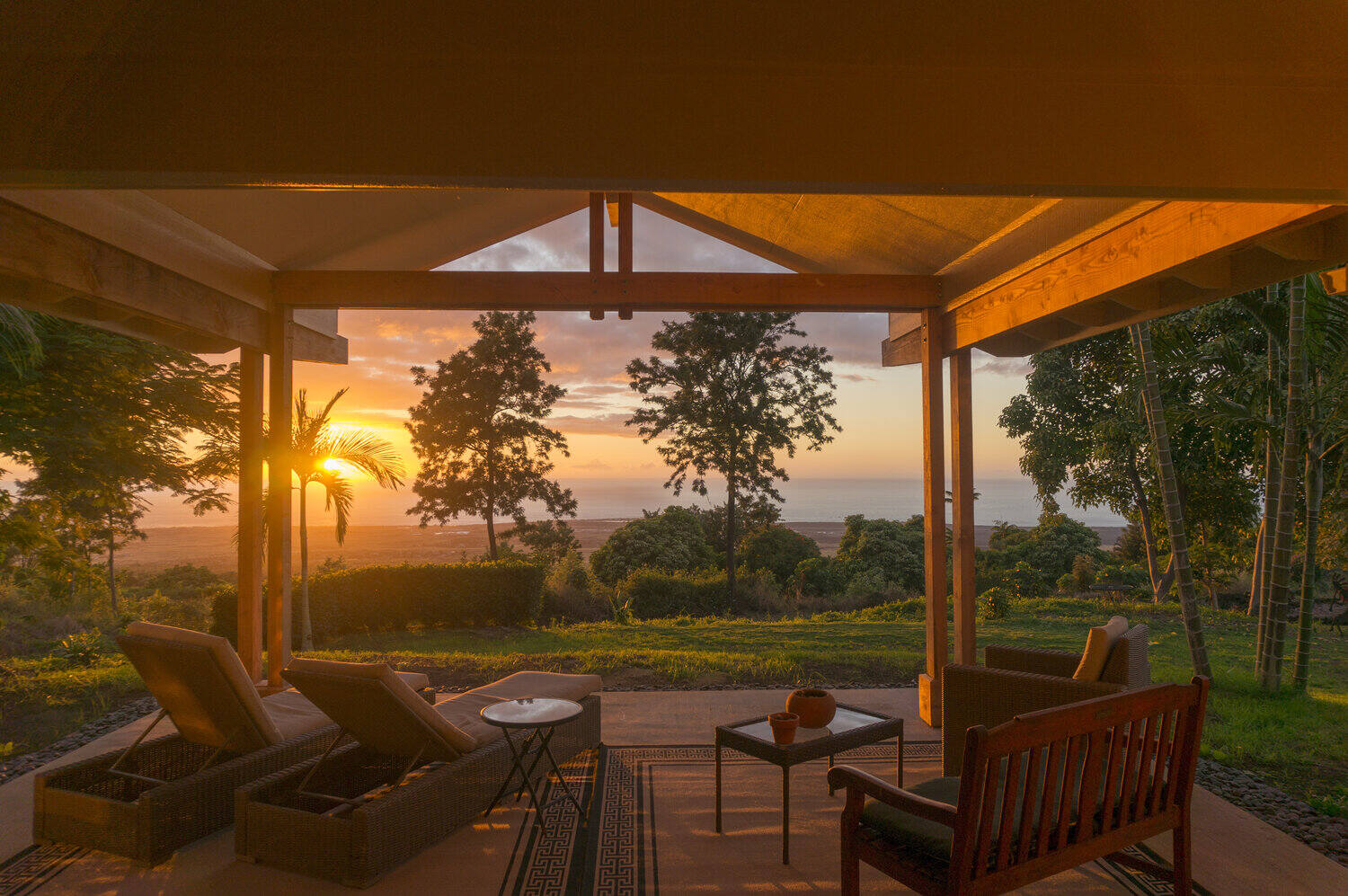
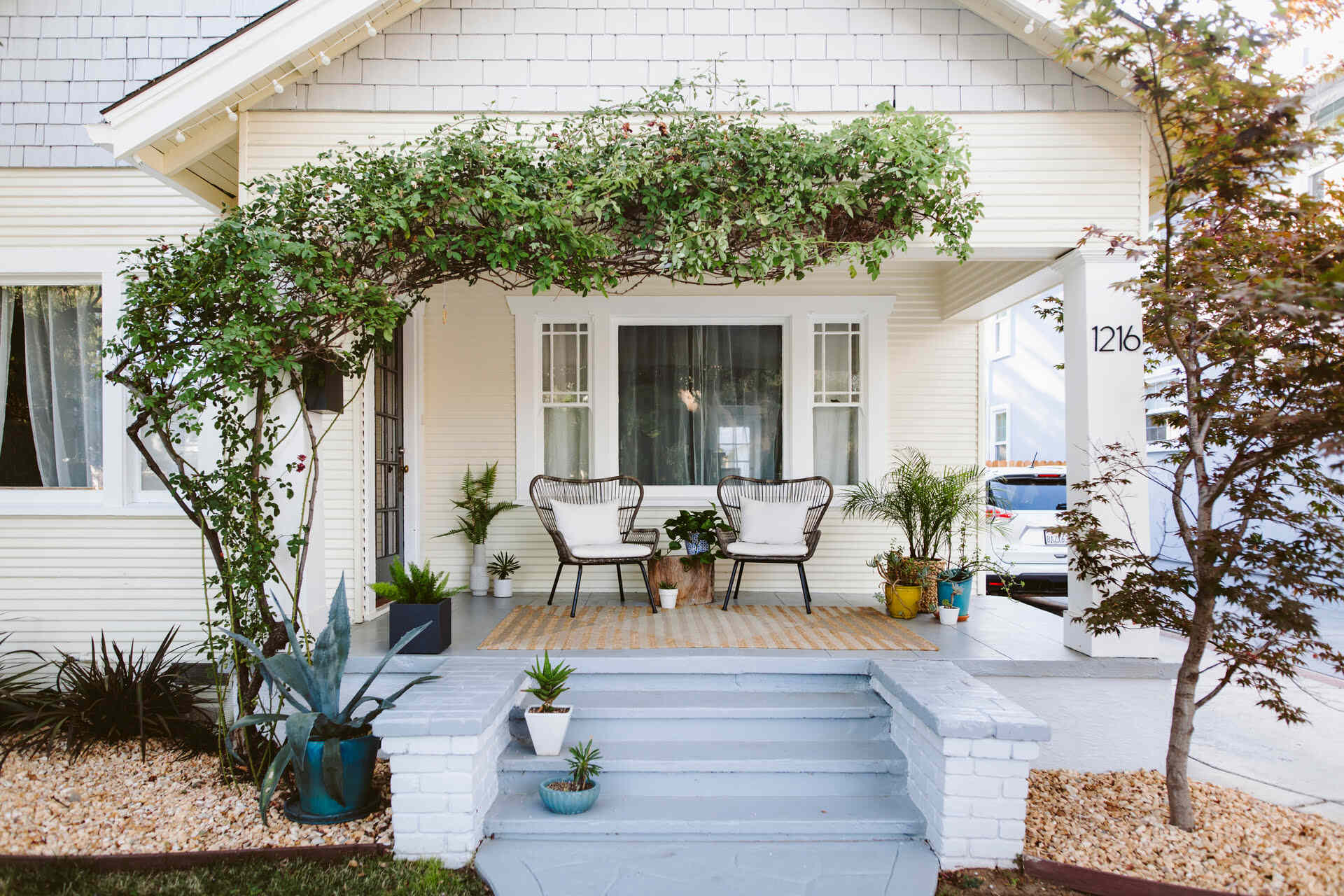
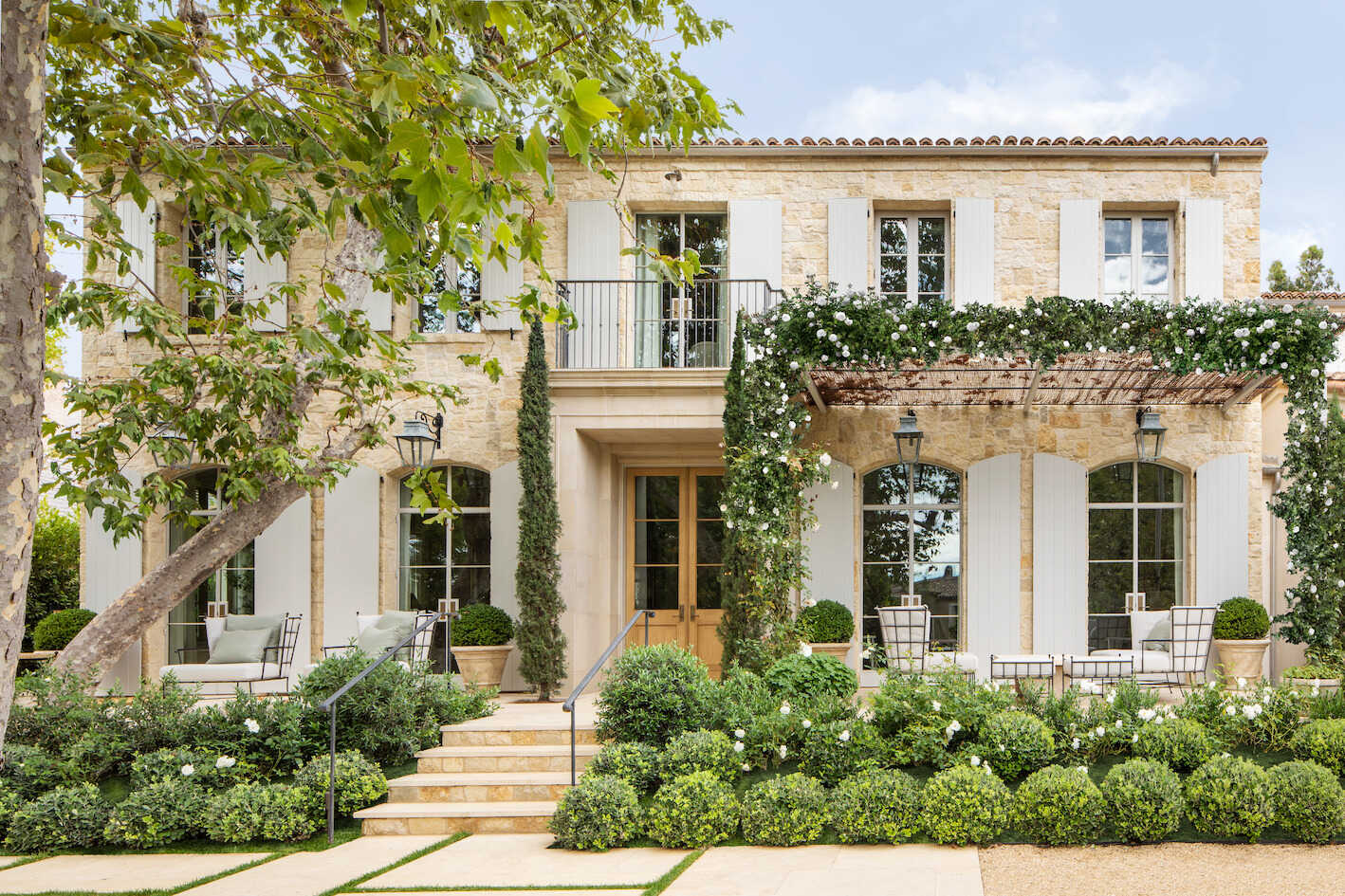
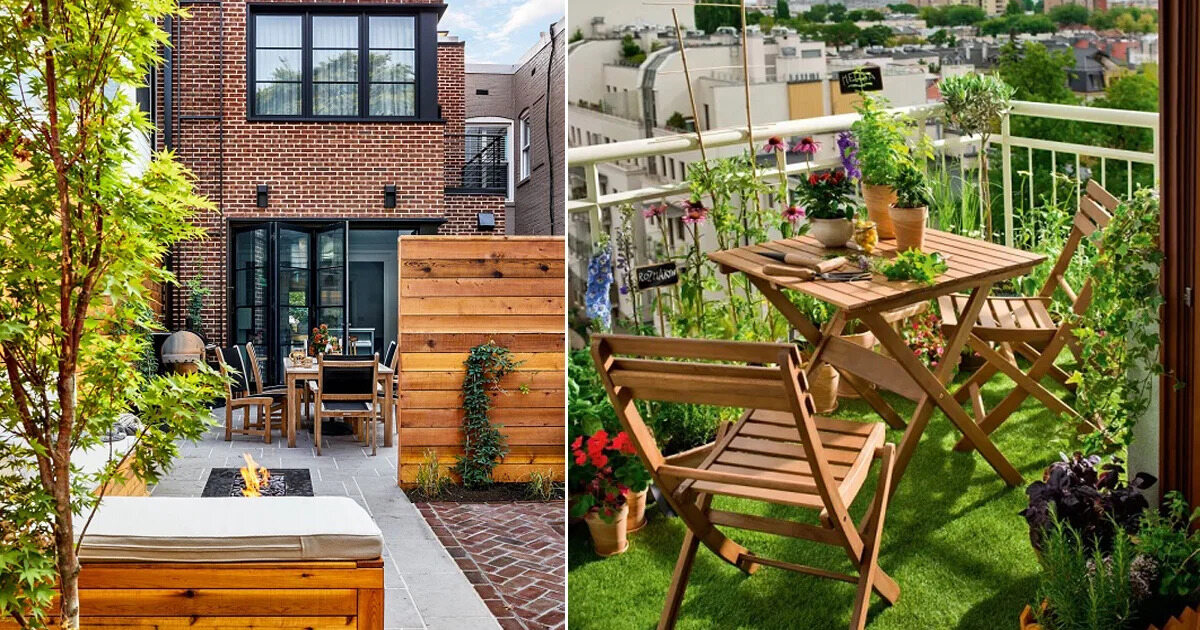
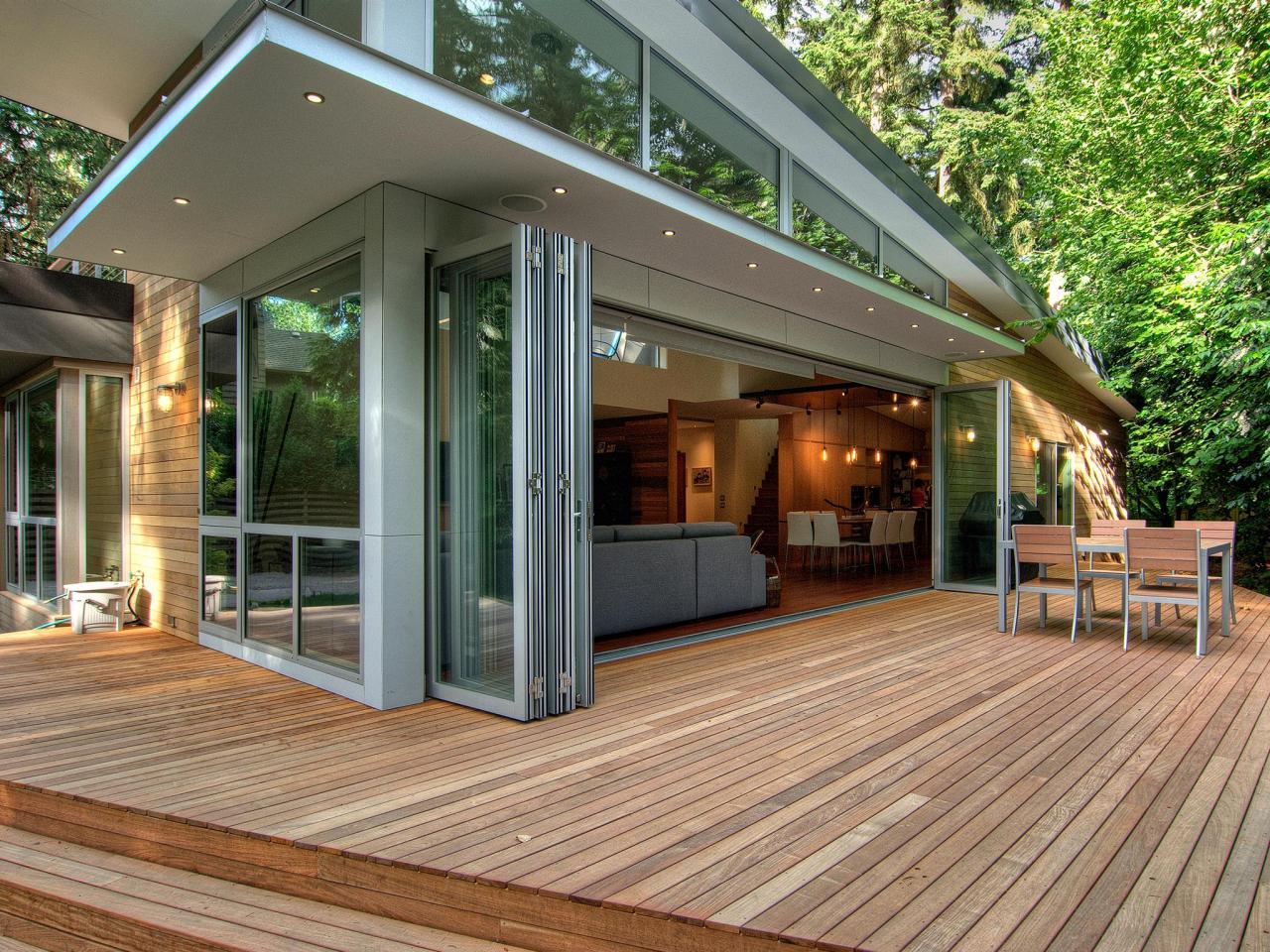
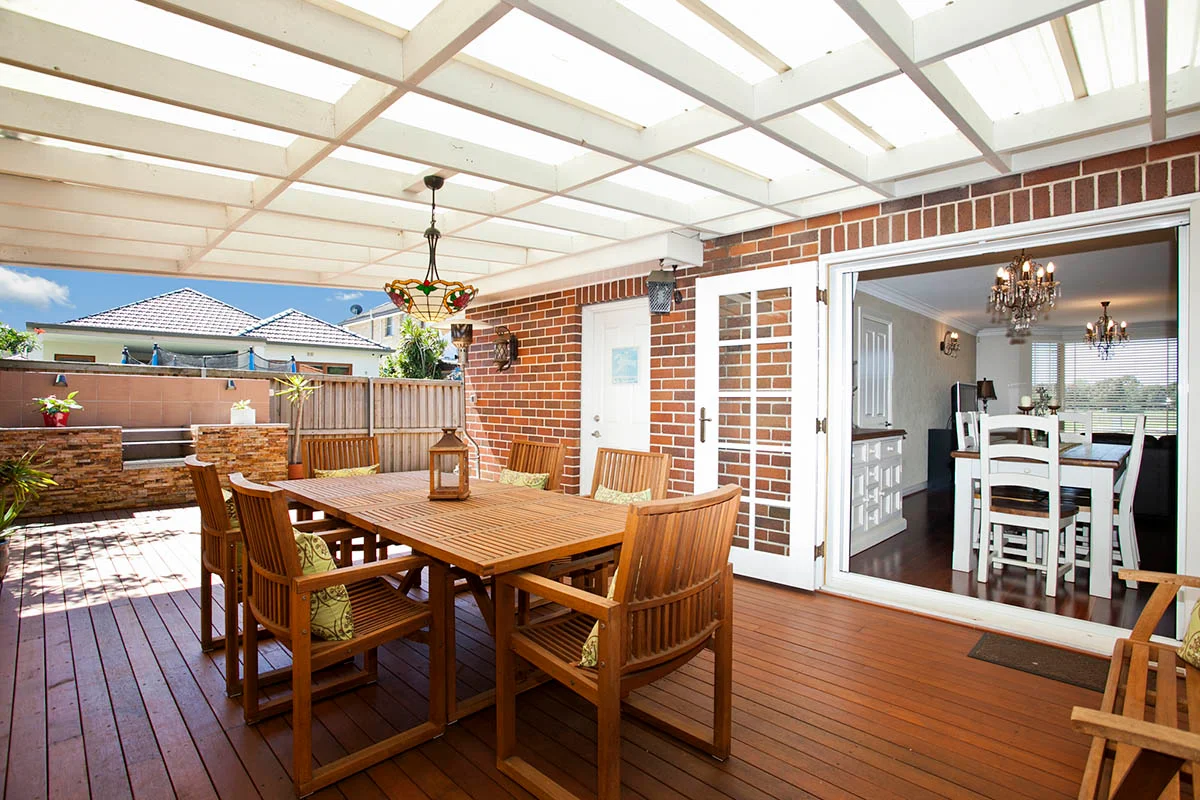
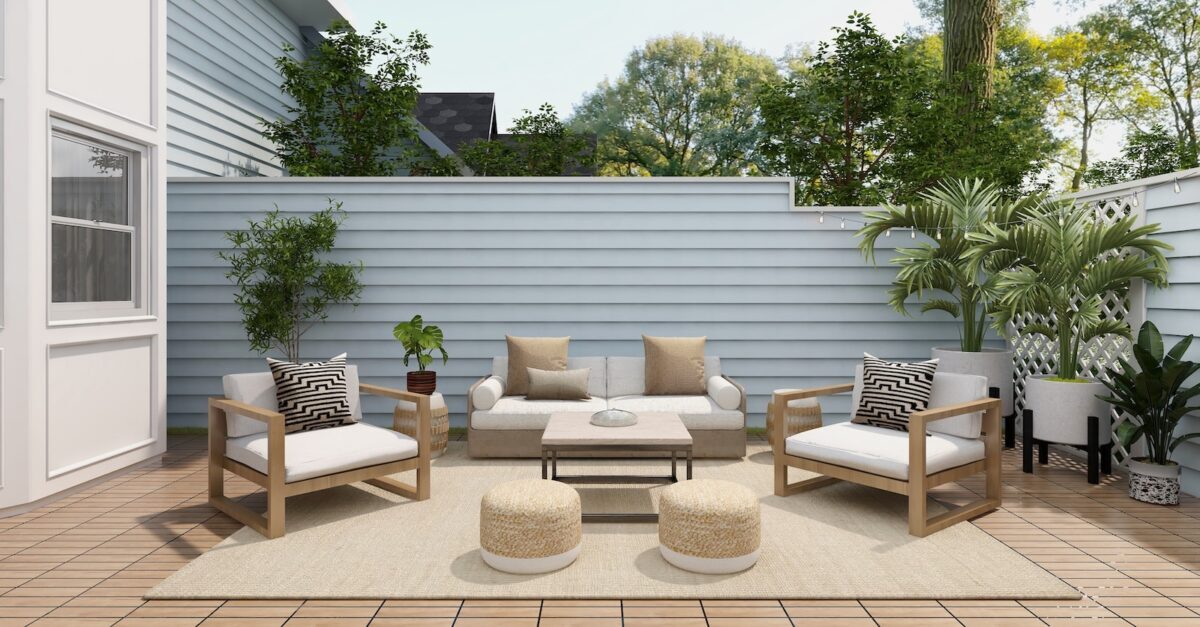
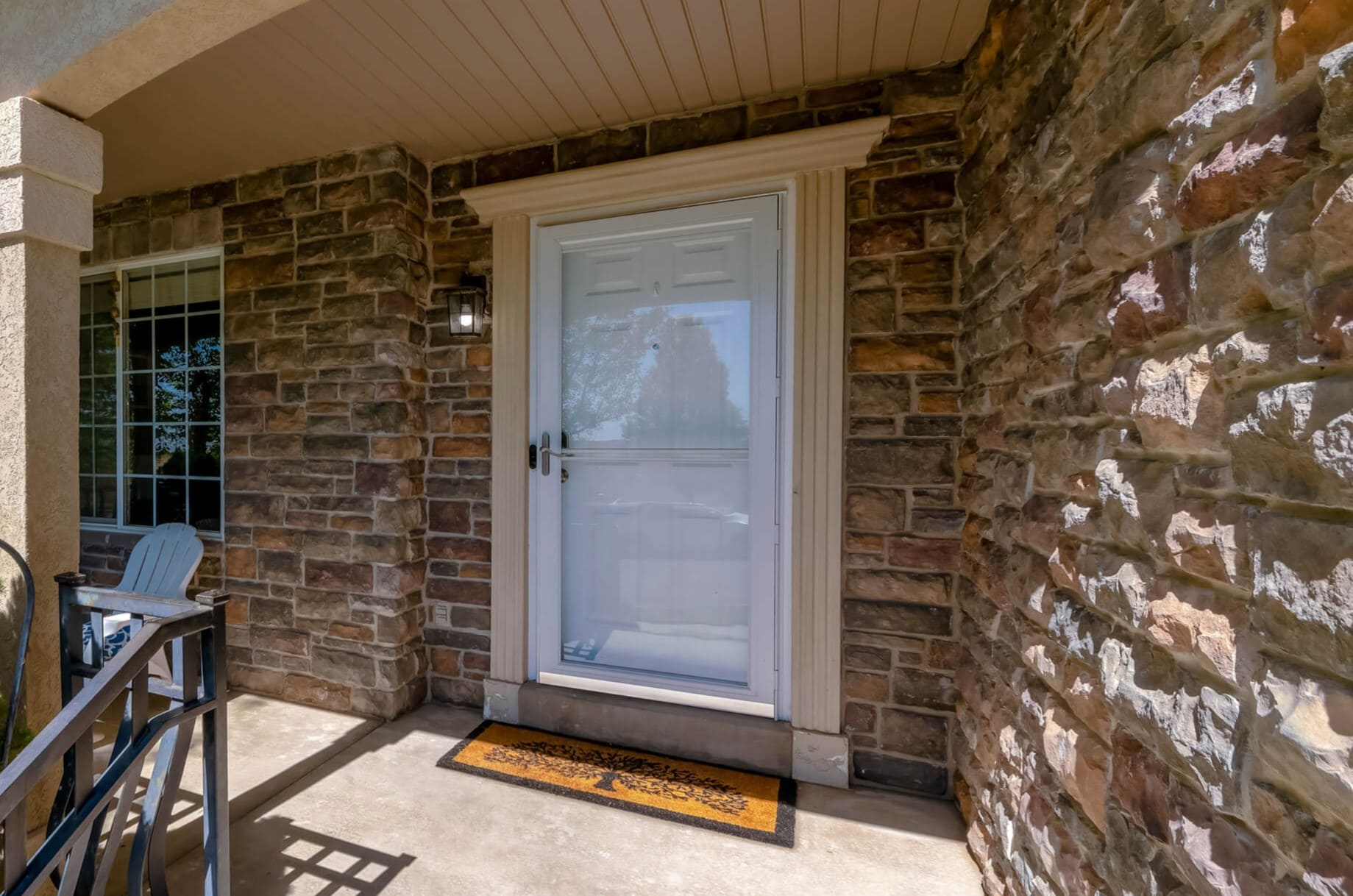
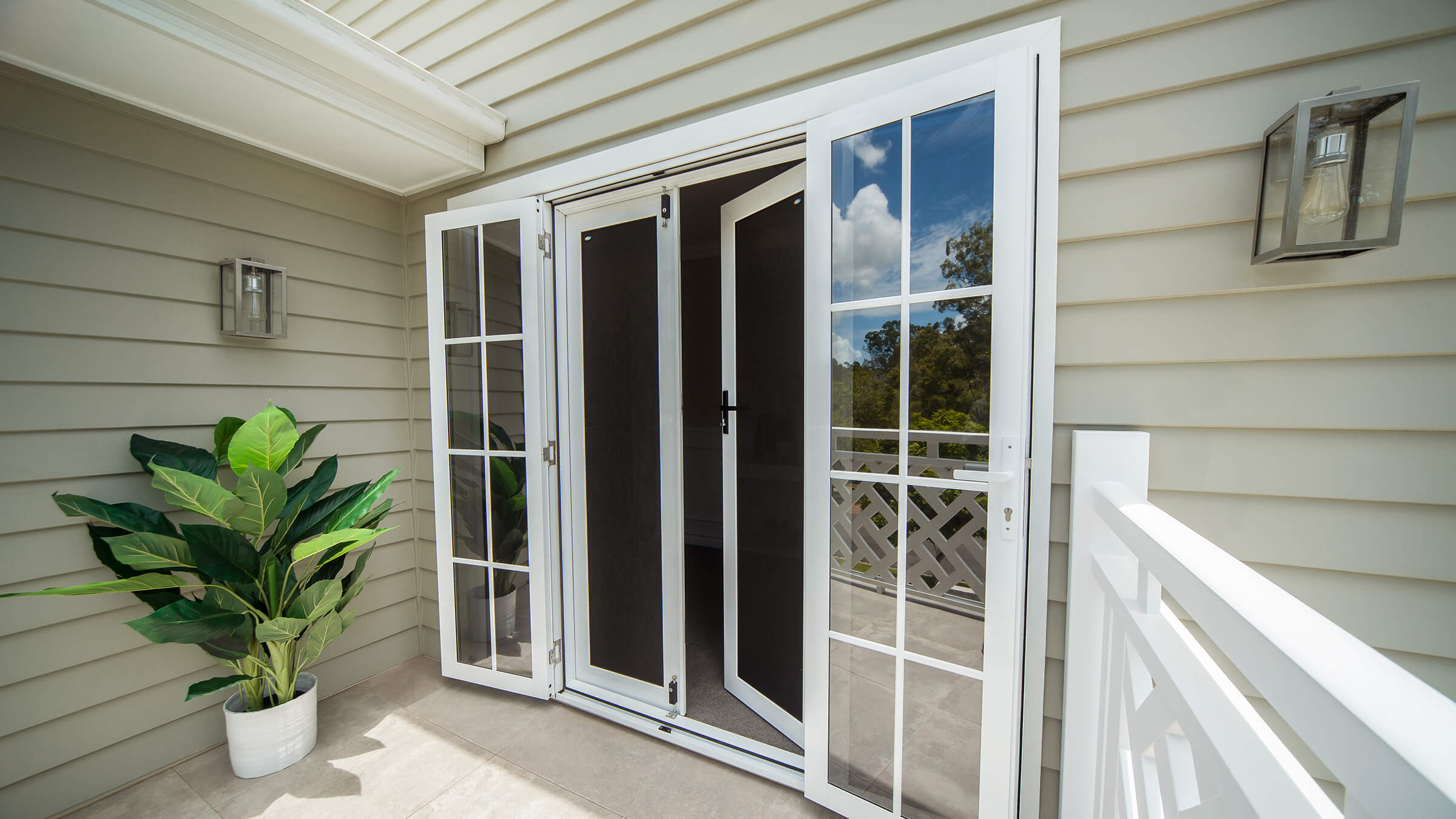
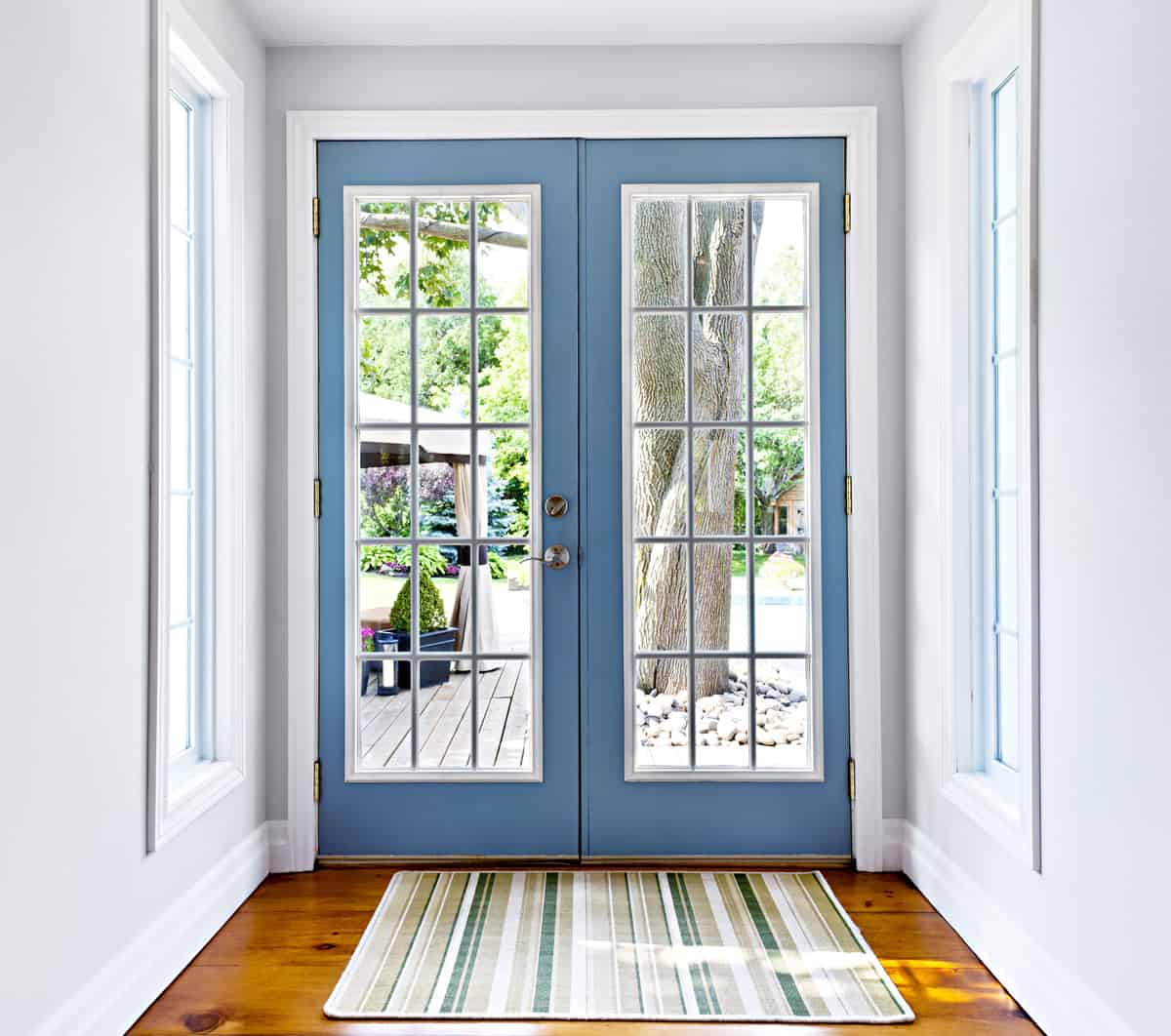
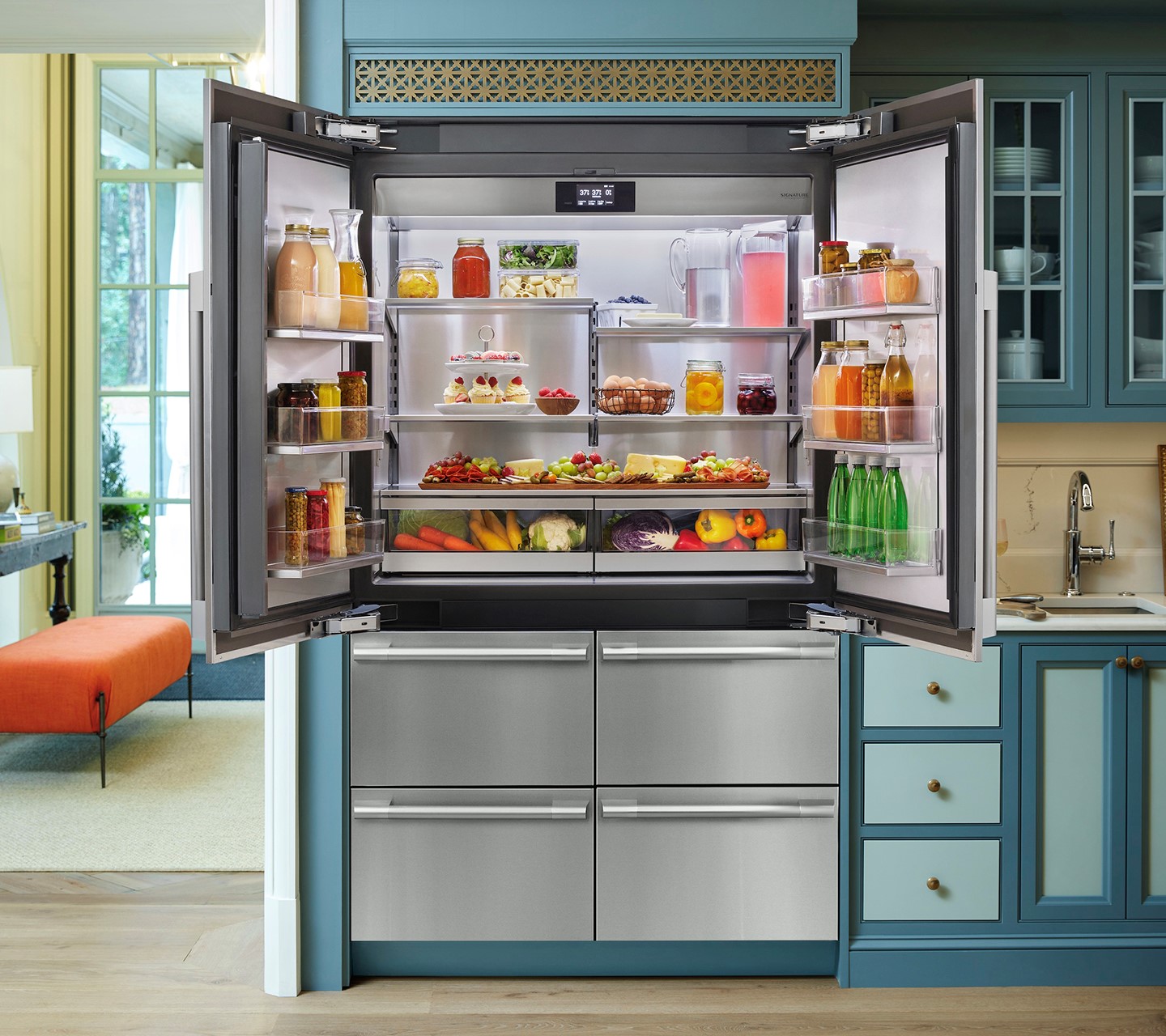




0 thoughts on “What Is The Difference Between French Doors And Patio Doors”